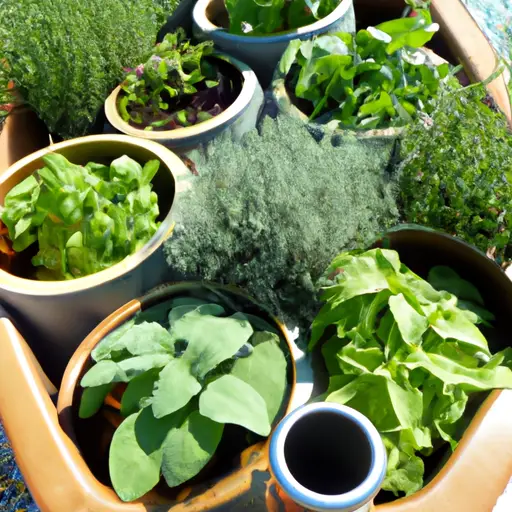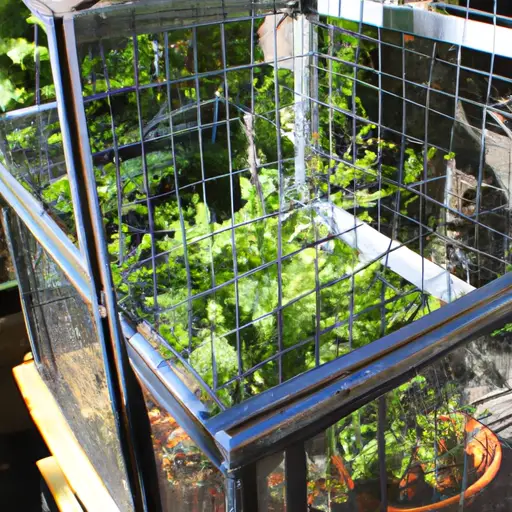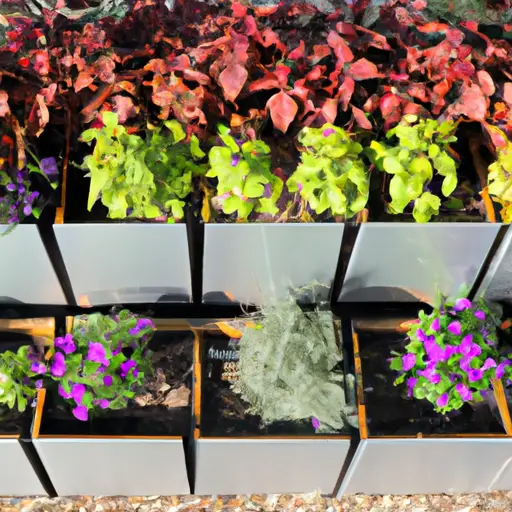Overcoming Challenges in Seasonal Changes when Growing Containers
Introduction:
Container gardening has gained immense popularity in recent years due to its flexibility and convenience. Whether you have a small balcony, a tiny backyard, or limited space, container gardening allows you to cultivate plants and enjoy the beauty of nature within confined areas. However, as with any gardening method, container gardening also comes with its fair share of challenges. One of the major challenges faced by container gardeners is dealing with seasonal changes. In this article, we will explore various challenges associated with seasonal changes when growing in containers and discuss effective strategies to overcome them.
1. Temperature Fluctuations:
Seasonal changes bring significant temperature fluctuations, which can be detrimental to the health and growth of plants in containers. During colder months, chilly temperatures can lead to frost damage or even kill sensitive plants. On the other hand, scorching heat during summer can quickly dry out the soil in containers, leading to plant stress or wilting.
Solution: To combat temperature fluctuations, it’s crucial to choose appropriate plant varieties that are suitable for your specific climate. Research plants that are known for their ability to withstand extreme temperatures and select them accordingly for your containers. Additionally, use insulating materials such as bubble wrap or horticultural fleece around containers during colder months to provide an extra layer of protection from frost.

2. Watering Challenges:
With seasonal changes come variations in rainfall patterns and humidity levels. This directly affects watering requirements for container plants. Too much water can lead to root rot and fungal diseases during rainy seasons, while insufficient watering can result in wilting and dehydration during dry spells.
Solution: Regular monitoring of soil moisture is essential throughout the year. Invest in a reliable moisture meter or simply use your finger to check the moisture level by feeling the top inch of the soil. Adjust your watering frequency accordingly based on current weather conditions – increase it during dry spells and reduce it during rainy periods. Mulching the top layer of the soil with organic materials like compost or straw can help retain moisture and regulate soil temperature, thus preventing both underwatering and overwatering.
3. Nutrient Availability:
Seasonal changes affect nutrient availability in container gardens. In colder seasons, plants tend to have fewer growth requirements and may benefit from reduced fertilization. Conversely, during warmer months, when plants are actively growing and flowering, they require more nutrients to support their growth.
Solution: Regularly assess the nutrient needs of your plants based on seasonal changes. Use slow-release organic fertilizers that gradually release nutrients into the soil over time, providing a steady supply of nourishment to your container plants. Additionally, consider supplementing with liquid organic fertilizers during rapid growth periods to boost nutrient intake.

4. Pest and Disease Management:
Seasonal changes can bring an influx of pests and diseases that can significantly impact container gardens. Insects such as aphids, spider mites, or caterpillars thrive during certain seasons, causing damage to your plants. Furthermore, fungal diseases like powdery mildew or leaf spot tend to develop in specific weather conditions.
Solution: Establish a regular inspection routine for your containers to monitor any signs of pest or disease infestation. Identify pests early on by looking for chewed leaves, discolored foliage, or webbing around plants. Use organic pest control methods like introducing beneficial insects such as ladybugs or using neem oil sprays to manage pests naturally. For fungal diseases, remove infected plant parts promptly and use appropriate fungicides if necessary.
Conclusion:
Container gardening allows us to enjoy the beauty of nature within restricted spaces; however, overcoming challenges posed by seasonal changes is imperative for successful cultivation. By understanding the impacts of temperature fluctuations, adjusting watering practices accordingly, meeting nutrient requirements throughout the year, and effectively managing pests and diseases specific to each season, gardeners can maintain healthy container gardens all year round. With thoughtful planning and proper care, anyone can overcome the challenges of seasonal changes and create a thriving container garden that delights throughout the seasons.













